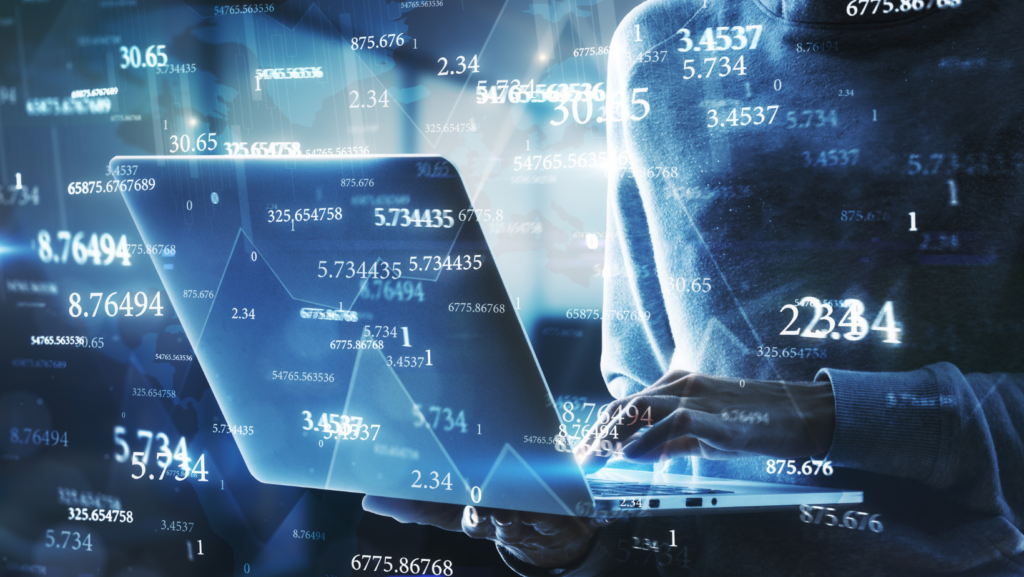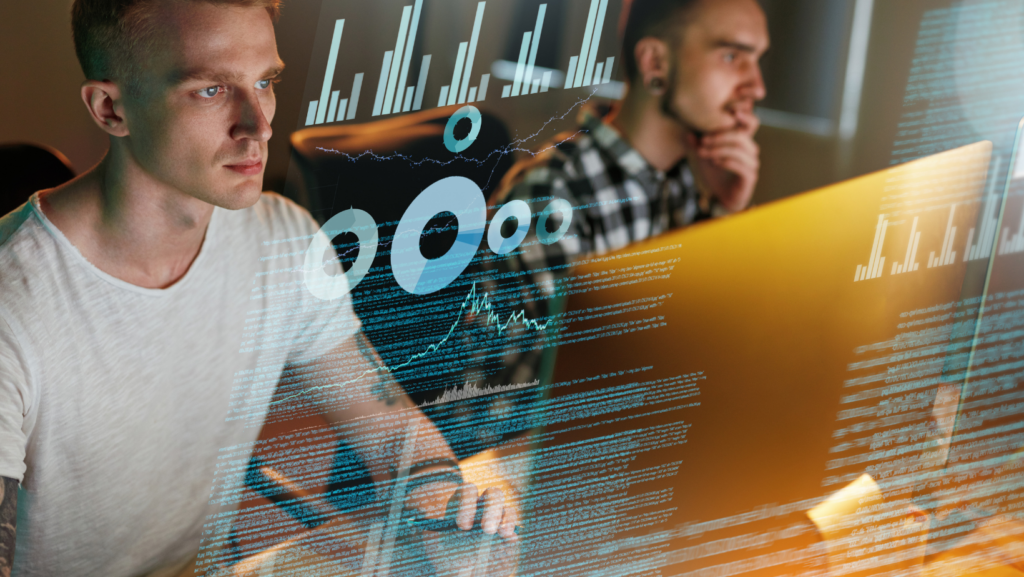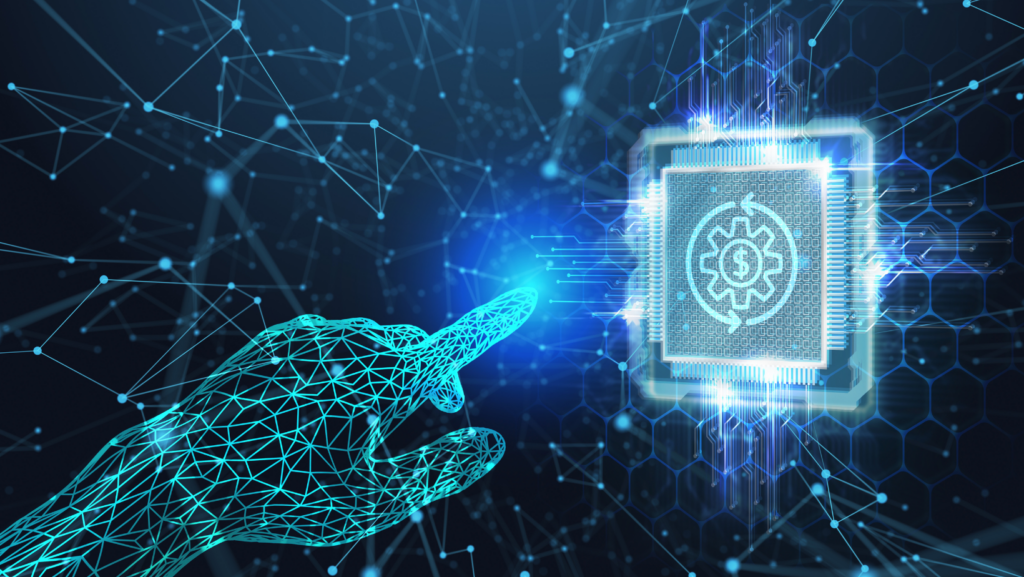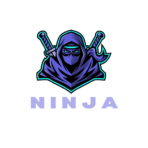
In the ever-evolving landscape of the software industry, staying ahead of the curve is no easy feat. New technologies are constantly emerging, reshaping the way we perceive and interact with the digital world. This article will delve into the latest advancements that are stirring up the software sector.
So, if you’re intrigued by the future of software technology and eager to understand how it’s shaping our world, you’ve come to the right place. Let’s dive into the realm of possibilities that the latest software technologies have to offer.
Latest Technology in Software Industry
As the digital world evolves, latest technology in software industry continually emerge. Groundbreaking technologies transform businesses and provide innovative solutions for decision-making and problem-solving. Let’s delve into two key current trends: Artificial Intelligence (AI) and Machine Learning (ML), followed by Cloud Computing and Software as a Service (SaaS).
Artificial Intelligence and Machine Learning

AI and ML technology, reshaping the software industry, gain rapid momentum in the current digital age. These technologies empower businesses by providing automated, efficient solutions for tasks and processes. For instance, chatbots, an application of AI, has transformed customer service operations, offering instant responses to customer queries.
Predictive analysis, a facet of ML, uncovers insights from vast data sets, enabling companies to anticipate market trends and make informed strategic decisions. For example, Netflix applies ML to analyze viewer preferences and trends, tailoring content recommendations for each user.
Cloud Computing and SaaS
Cloud computing signifies another seismic shift in the latest technology in software industry. It’s a technology that allows businesses to store and access data over the internet, eliminating the need for physical storage devices. For example, Google Drive provides businesses with ample and scalable storage solutions, enhancing data accessibility and collaborative possibilities.
Alongside this, SaaS emerges as an efficient software delivery model. It allows users to access software over the internet, negating the need for traditional installation methods. Notably, tools like Salesforce for customer relationship management and Slack for team collaboration are popular SaaS applications widely used in the corporate sphere. These examples emphasize how cloud computing and SaaS are integral in the current latest technology in software industry landscape, promoting scalability and flexibility amidst digital transformation.
Impact of Blockchain Technology on Software Development
Enhanced Security Features

Blockchain technology imparts extraordinary levels of security, bench-marking it as an attractive proposition in the software industry. Unlike the traditional databases that centralize data, Blockchain distributes data across multiple systems, creating a decentralized database.
This intricate structure ensures information integrity, as altering data on one block necessitates changes to all subsequent blocks, a feat characterized by its complexity. For instance, Supply chain management can use Blockchain’s security feature to track product origins, streamlining logistics and mitigating counterfeits.
Decentralized Applications (DApps)
As the notion of decentralization permeates software design, an exciting innovation takes center stage: Decentralized Applications or DApps. Unlike conventional applications running on a single, centralized server, DApps operate on a blockchain network. A DApp’s trump feature lies in its open-source code, ensuring transparency and boosting user trust. It’s notable that the peer-to-peer architecture of DApps undercuts intermediaries, eradicating possibilities of censorship or control from a single authority.
Integrating the Internet of Things (IoT) With Software Solutions
IoT in Consumer Applications

Home automation is a prime example where IoT’s integration with software solutions brings convenience and comfort to consumers. Home control systems, like smart thermostats, leverage IoT to allow users to control their home temperature remotely.
Appliances, such as intelligent fridges, can monitor their contents, alerting users to expired food or prompting them to replenish stock. In the field of personal health, wearable devices such as smartwatches monitor body parameters, such as heartbeat rate and calories burned.
Brink of A New Era
The latest technology in software industry landscape is continually evolving, driven by the advent of transformative technologies like AI, ML, Cloud Computing, SaaS, and Blockchain. It’s clear that these innovations are not only reshaping the digital landscape but also paving the way for novel developments like DApps. The role of automation, as seen in DevOps and Automated Operations, is becoming increasingly pivotal, with tools like Jenkins leading the way for CI pipelines.


